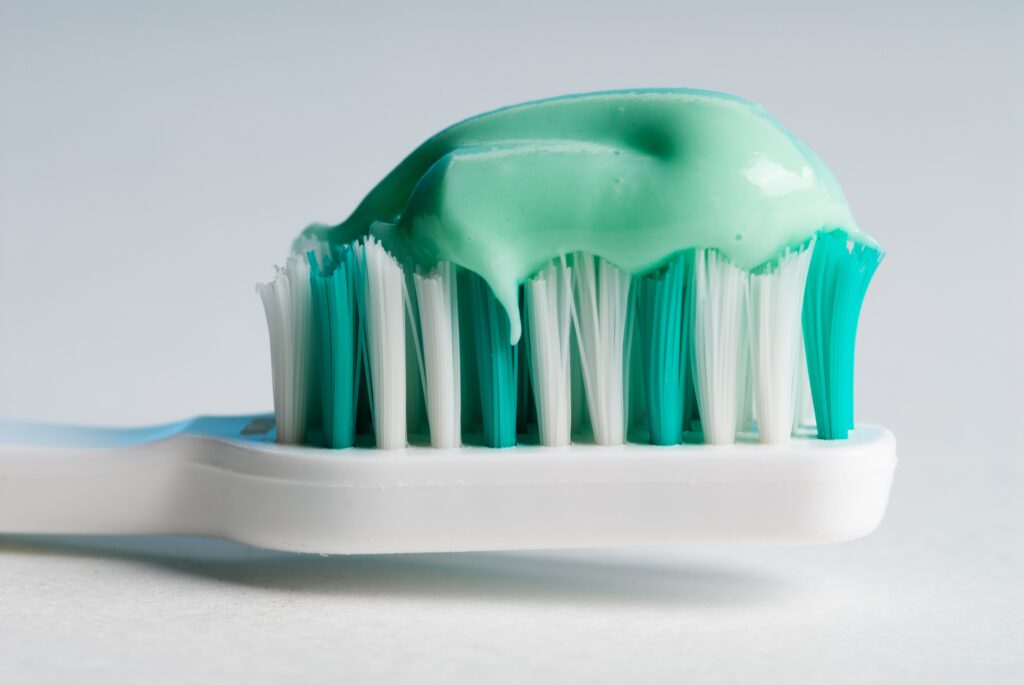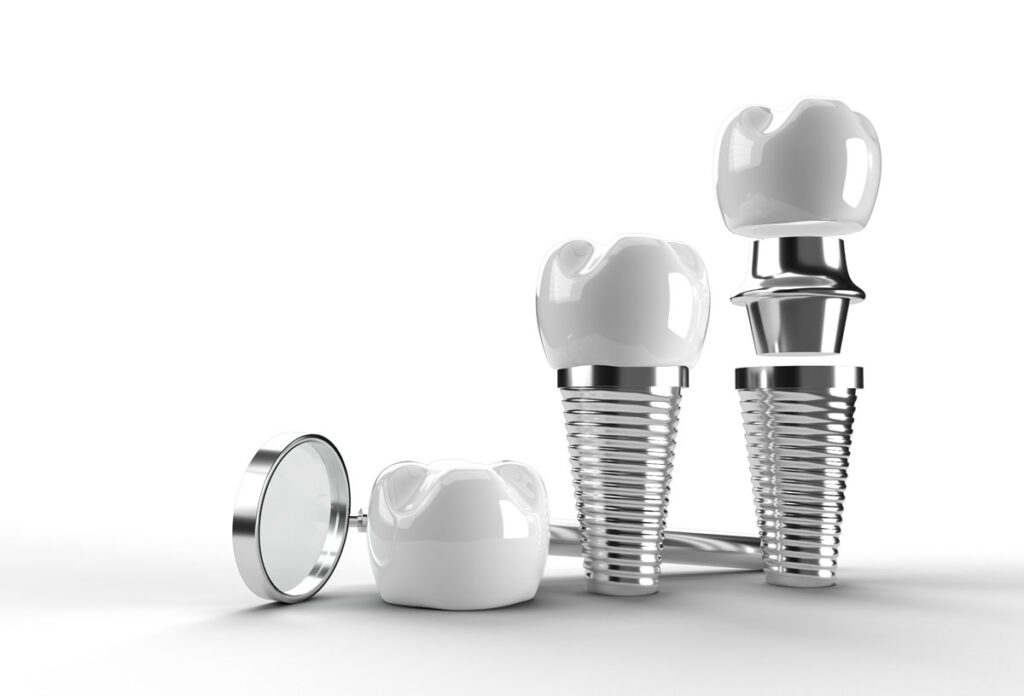Updated: 1/30/2020
If you’re a parent or thinking about becoming one, then you’re probably aware of the costs involved with raising a child. Aside from food, clothes and other living essentials, you need to take into consideration health expenses, including both medical and dental.
When considering the cost of dental care for kids, many people don’t realize exactly what that entails. Here we will look at the different aspects to children’s dental care and the costs involved to give you a better idea.
Basic Dental Care Costs
- For the first few months after a child is born, the cost of dental care is fairly low. Before a baby starts getting its teeth, the only dental care required is wiping down the gums with a washcloth after eating to clean off any leftover residue.
- Once the first teeth start breaking through, you will want to start brushing their teeth with a soft-bristled brush and water or non-fluoridated toothpaste. This will only cost you a few dollars for the cost of the brush and paste.
- Around age three, you should switch to fluoride toothpaste. However, since it’s recommended that you only use a pea-sized amount, it will last a while and is, therefore, more cost-effective.
- Floss is also fairly cheap, but it doesn’t need to be purchased until teeth begin to touch each other (usually around age six).
- It’s also important for you to note that the going rate for the Tooth Fairy is currently close to $4 per tooth! And with children having 20 baby teeth to lose, that’s going to cost you a pretty penny (but with that kind of money, maybe they can start paying for their own dental visits).
Dental Visits
Children should start their bi-annual dental visits before their first birthday. The cost of a dental visit will vary depending on your location and dental insurance, but without any sort of dental plan, you can expect to pay between $50 and $150 for a routine exam and cleaning.
The price will also depend on what kind of dentist you use. If you choose to use a pediatric dentist, the prices will typically be a little higher because it’s a specialist. The benefit to using a pediatric dentist is that they are more kid-friendly, since they were specifically trained to treat younger patients. They know the best techniques and tools to use for kids, as well as provide a more fun environment. A general dentist gets the job done, but they aren’t as experienced with children and may have more difficulty getting children to cooperate.
If you choose to go to a pediatric dentist for your children, be sure to check with your dental plan about coverage for specialists. Sometimes the coverage rates for specialists are different from those of a general dentist.
Braces
These days, many kids have to get braces. Orthodontists have estimated that 45% of children need braces, but 75% could greatly benefit from them. Unfortunately, braces can be quite expensive. On average, metal braces cost about $5,000-$6,000, depending on the area you live in. The price is higher for porcelain braces or Invisalign – often around $1,000 more than the price of metal braces.
One thing to keep in mind is that the older you get, the harder it is to fix your teeth, and the more expensive braces become. If your child needs braces, it’s important to get them as soon as possible to avoid an even larger cost later.
Some insurance plans will help cover the cost of braces (or you may be able to add it on), but you will need to make sure that the orthodontist is a provider on your plan. You should also check your plan’s maximums for orthodontia as they are often more restricted than regular maximums.
To determine the cost of braces in your area, check out our fee schedule.
Children’s Dental Insurance
If you have dental insurance or a discount plan, you should be able to add your children to your coverage for a small fee. Dental insurance typically covers the cost of exams and cleanings and will pay up to a certain amount for more extensive procedures such as a filling or root canal. Discount plans discount the price you would normally pay at the dentist for each procedure – typically anywhere from 15% to 60% off, depending on the procedure. For more information on the difference between insurance and discount plans, check out this post.
If you’re a low-income family, you may qualify for Medicaid or Children’s Health Insurance Program. These programs include dental coverage for children; however, these typically only cover basic procedures, such as exams, cleanings and fillings.
Children’s dental insurance is also included as an Essential Health Benefit under the Affordable Care Act. For more information on that, click here. Keep in mind, however, that this may not be the answer to your children’s dental needs. Since it’s not yet required, you are free to use something else that may be a better fit.
The best way to keep dental costs down for your children (as well as yourself) is with excellent care. If you teach your children the importance of proper dental hygiene and regular dentist visits, it will ultimately save you a lot of money and time. It’s also important to find a good insurance policy or discount plan if you don’t already have one so that your out-of-pocket costs are limited. If you do those two things, then your children will not only have great oral health, but you won’t spend a fortune fixing their teeth.
Do you have a dental plan for your children?









I am concerned about recent press releases regarding sodium fluoride.
Recent clinical information from Harvard Medical School (2/14] states that aluminum fluoride is a major contributor to ADHD and mental health disorders.
“The sodium fluoride added to U.S. water supplies is contaminated with the toxic elements lead, tungsten, and aluminum. Strontium and uranium were also found in substantial quantities raising additional questions about the purity of industrial fluoride used for water fluoridation.”
These ICP-MS results were determined with the very same ICP-MS laboratory instrumentation used by the FDA and various universities.
Where fluoride is questionable in terms of health issues, I would like to see it substituted with more emphasis on dental cleaning, diet, and fluoride-free toothpastes. Maybe calcium supplements or higher level of calcium intake in the diet would help.